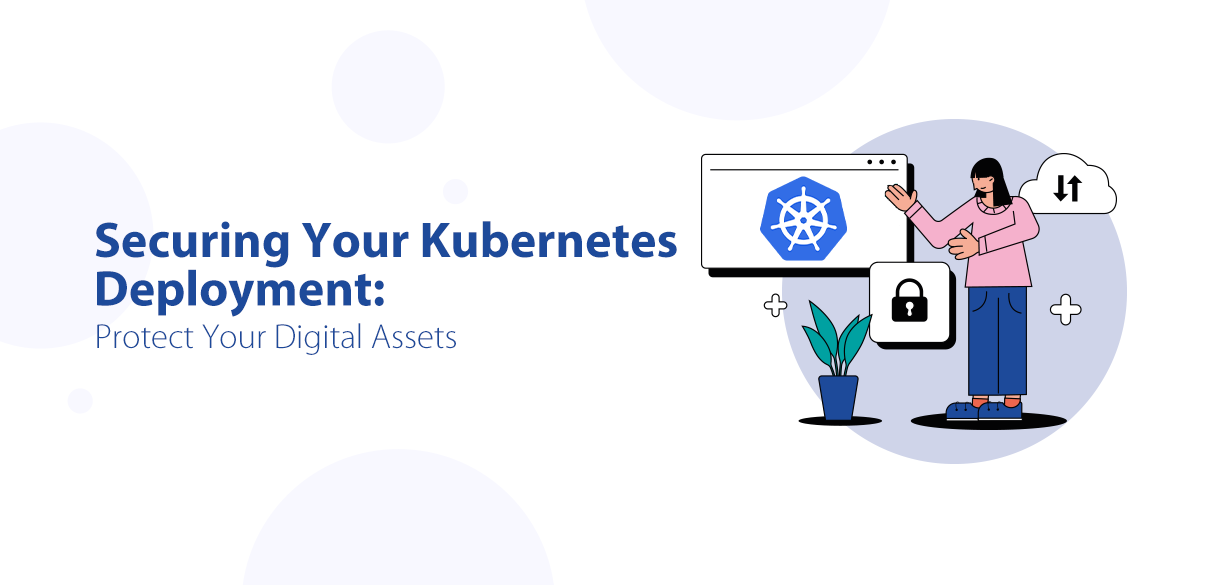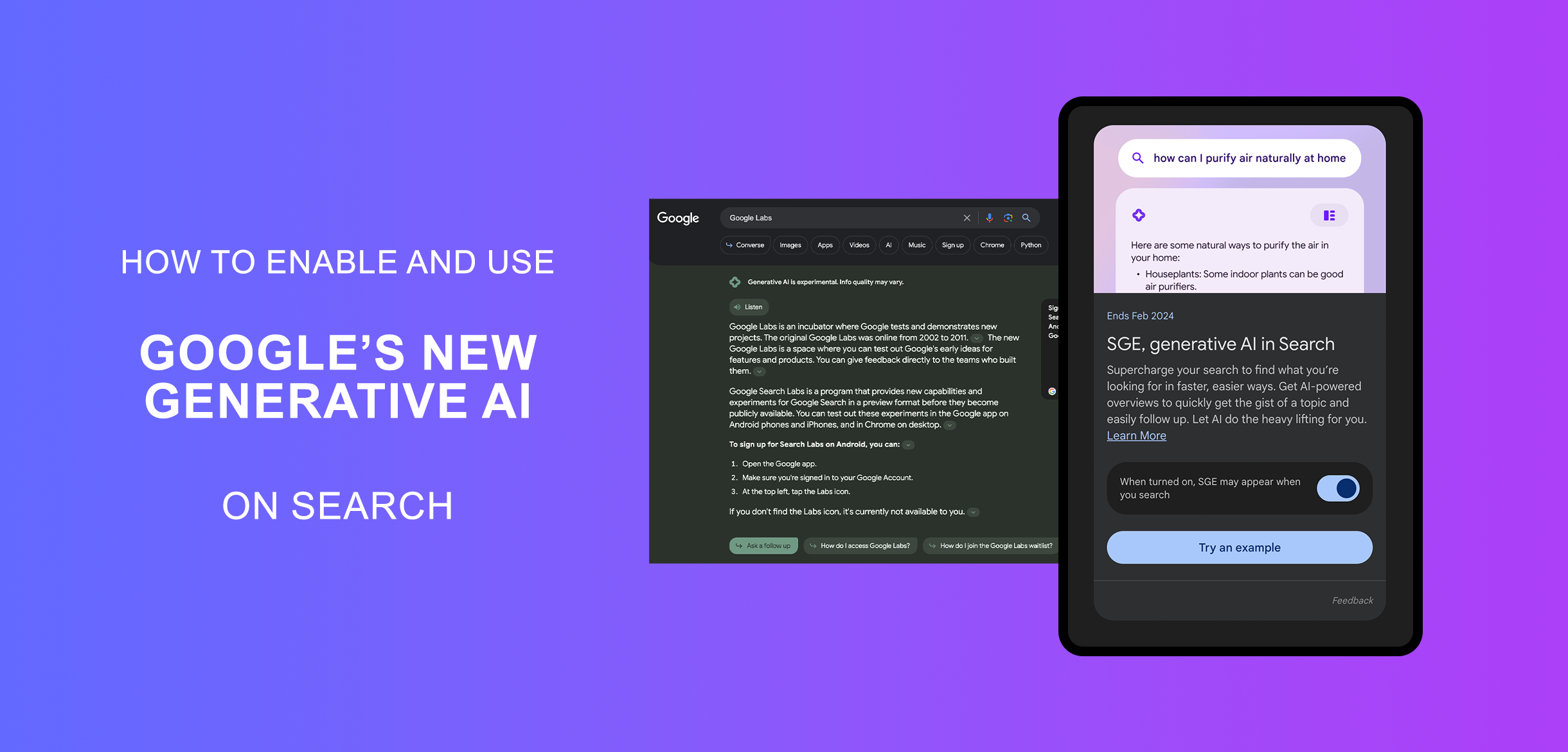The rise of cloud-native applications has revolutionized how we build, deploy, and scale software. Cloud-native development leverages the full potential of cloud computing, offering agility, resilience, and scalability. However, as these applications become increasingly complex, ensuring their quality and reliability through traditional testing methods is no longer sufficient. Enter cloud-native testing automation—a robust approach to guarantee the performance and integrity of cloud-native applications.
What is Cloud-Native Testing Automation?
Cloud-native testing automation refers to the practice of automating testing processes specifically for cloud-native applications. These applications are built to run in cloud environments, often using microservices, containers, and orchestration tools like Kubernetes. Cloud-native testing automation involves integrating testing processes seamlessly into the cloud-native development lifecycle, ensuring that testing is continuous, scalable, and aligned with the dynamic nature of cloud environments.
Why is Cloud-Native Testing Automation Important?
- Scalability: Cloud-native applications are designed to scale horizontally across distributed environments. Traditional testing methods often fall short in mimicking this scalability. Automated cloud-native testing ensures that applications can be tested at scale, simulating real-world scenarios across multiple environments.
- Speed and Agility: In the DevOps and CI/CD (Continuous Integration/Continuous Deployment) era, rapid development and deployment are crucial. Cloud-native testing automation accelerates the testing process, allowing for quick feedback loops and faster time-to-market.
- Resilience Testing: Cloud-native applications need to be resilient to failures. Automated testing can simulate failures and disruptions, ensuring that the application can recover gracefully and maintain uptime.
- Cost-Effectiveness: By leveraging the cloud's on-demand resources, automated testing can be scaled up or down based on need, optimizing costs while ensuring comprehensive test coverage
Key Components of Cloud-Native Testing Automation
- Containerized Testing Environments: Using containers, testing environments can be quickly spun up and torn down, mirroring production environments closely. This ensures that tests are run in environments identical to where the application will ultimately be deployed.
- Service Virtualization: Cloud-native applications often involve numerous microservices. Service virtualization allows testing of individual services in isolation, simulating dependencies without requiring the entire system to be available.
- CI/CD Integration: Automated tests should be integrated into the CI/CD pipeline, enabling continuous testing at every stage of the development process. This ensures that code changes are validated immediately, reducing the risk of introducing defects into production.
- Infrastructure as Code (IaC): IaC tools like Terraform or AWS CloudFormation automate the provisioning of testing environments. This ensures consistency across testing environments and reduces the time required to set up and tear down environments.
- Observability and Monitoring: Automated testing should include robust observability tools that monitor application performance, logs, and metrics in real-time. This helps identify issues early and provides actionable insights for debugging.
Types of Cloud-Native Testing
- Unit Testing: Verifies the smallest components of the application, usually at the function or method level, ensuring they work as expected in isolation.
- Integration Testing: Tests how different modules or microservices interact with each other. In a cloud-native context, this may involve testing service-to-service communication, API interactions, and data flows.
- Performance Testing: Evaluates the application's responsiveness, stability, and scalability under varying load conditions. This is particularly important in cloud-native applications, where performance can be affected by dynamic scaling.
- Security Testing: Ensures that the application is secure from vulnerabilities and threats. Automated security testing tools can scan for vulnerabilities in code, dependencies, and infrastructure.
- End-to-End Testing: Simulates real-world user scenarios to validate the application's behavior across the entire stack, from the front-end to the back-end and everything in between.
Best Practices for Cloud-Native Testing Automation
- Shift Left: Incorporate testing early in the development process. By catching defects early, you reduce the cost and complexity of fixing them later.
- Adopt a Test-Driven Development (TDD) Approach: Write tests before writing the code. This ensures that the code is developed with testing in mind, leading to more reliable and maintainable software.
- Automate Everything: From unit tests to performance tests, automation should be the default approach. Manual testing should be reserved for exploratory or edge-case scenarios.
- Use the Right Tools: There are numerous tools available for cloud-native testing automation, such as Jenkins for CI/CD, Selenium for UI testing, and JMeter for performance testing. Choose tools that align with your application's architecture and testing needs.
- Monitor Continuously: Testing doesn’t stop once the code is deployed. Continuous monitoring in production environments helps identify issues that may not have been caught during testing.
Challenges in Cloud-Native Testing Automation
- Complexity: Cloud-native applications are inherently complex due to their distributed nature. Testing these applications requires a deep understanding of cloud architecture, microservices, and container orchestration.
- Test Environment Parity: Ensuring that testing environments closely mirror production environments can be challenging, especially in multi-cloud or hybrid cloud setups.
- Toolchain Integration: Integrating various testing tools into a unified CI/CD pipeline can be complex and requires careful planning and execution.
- Data Management: Managing test data across distributed environments while ensuring data consistency and security can be a significant challenge.
Conclusion
Cloud-native testing automation is no longer a luxury but a necessity in today’s fast-paced development landscape. By embracing automation, organizations can ensure that their cloud-native applications are not only functional but also performant, secure, and resilient.
The key to successful cloud-native testing lies in understanding the unique challenges of cloud environments and adopting practices and tools that align with these challenges. As cloud-native applications continue to evolve, so too must our testing strategies, ensuring that quality remains at the forefront of software development.



